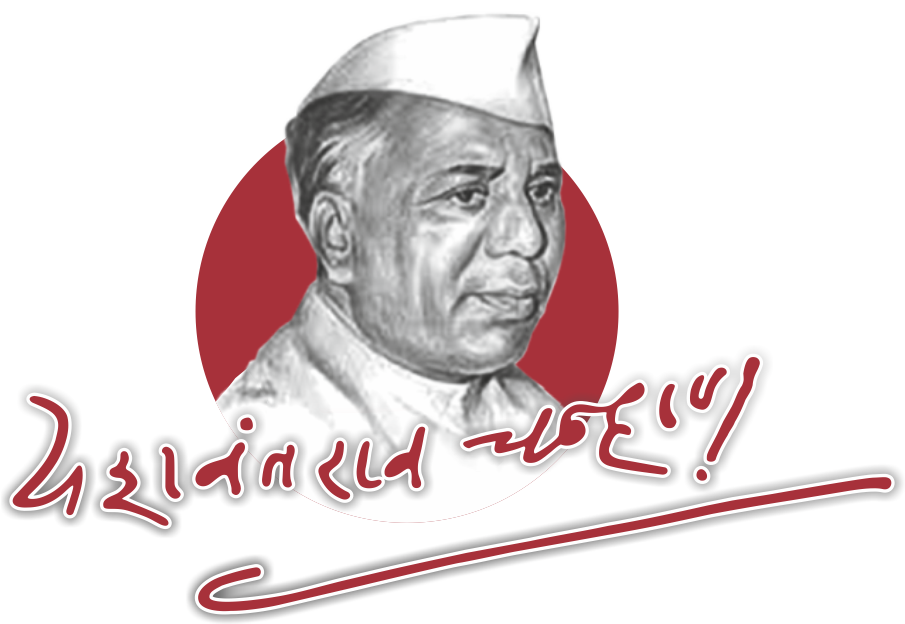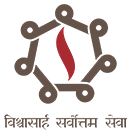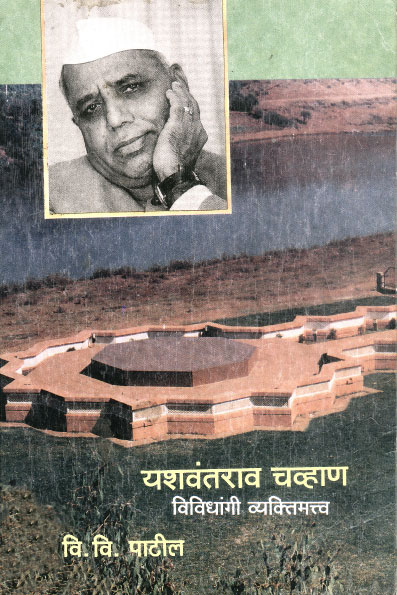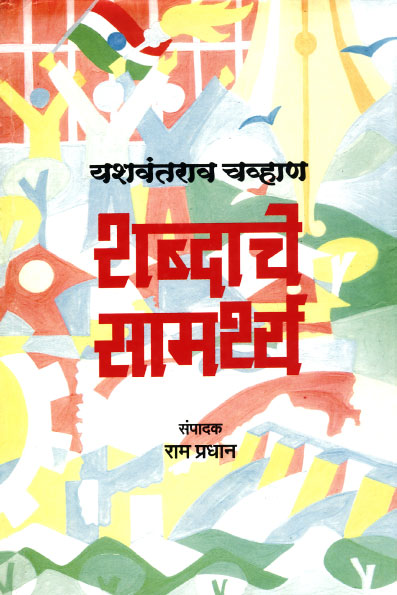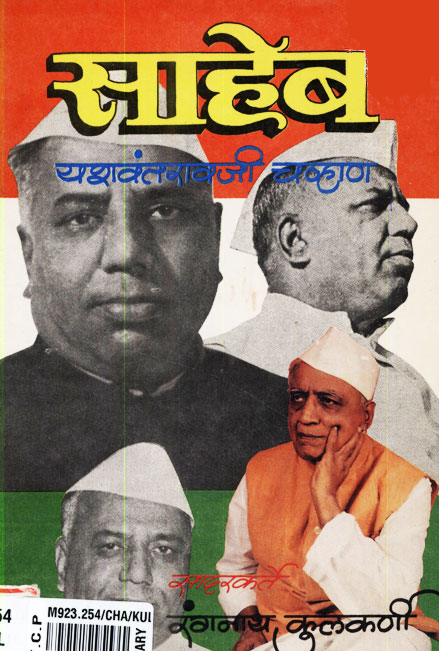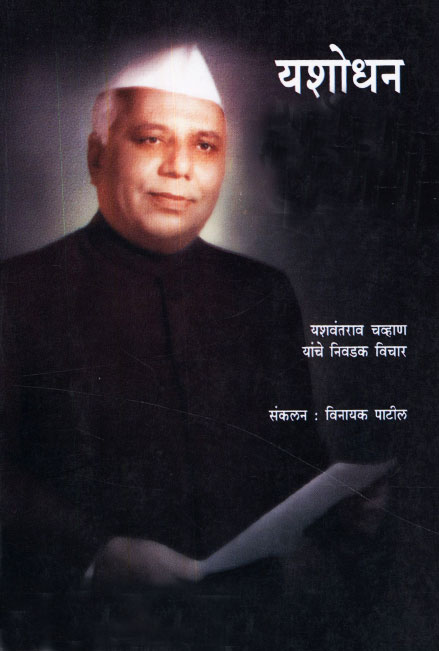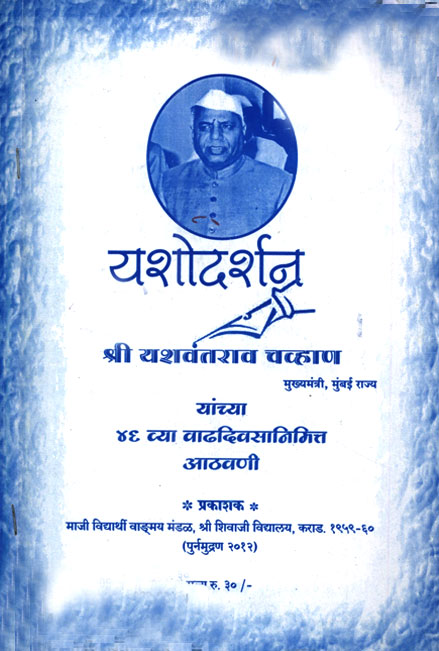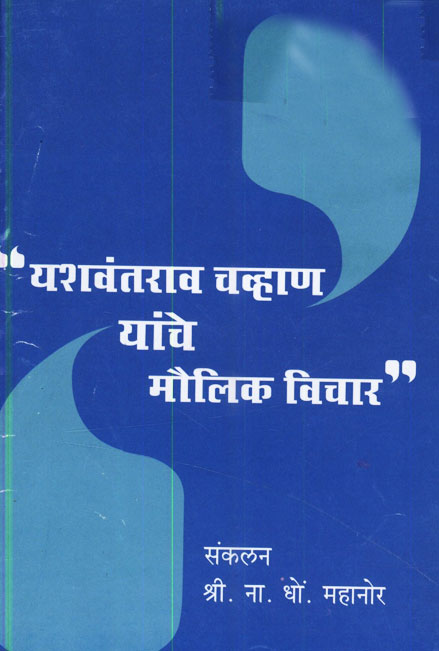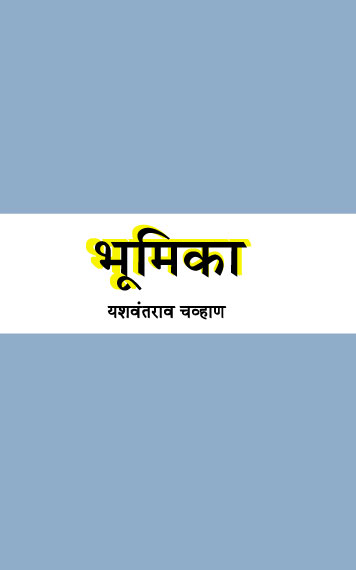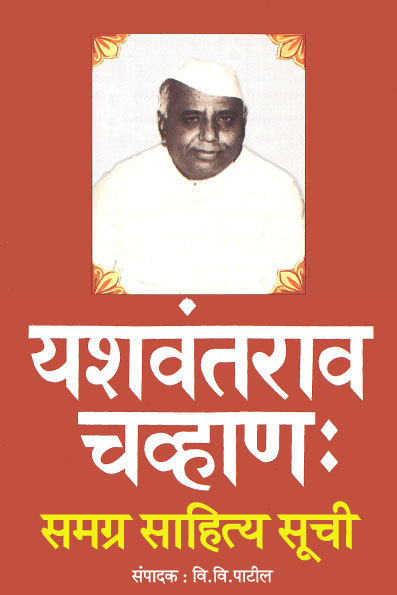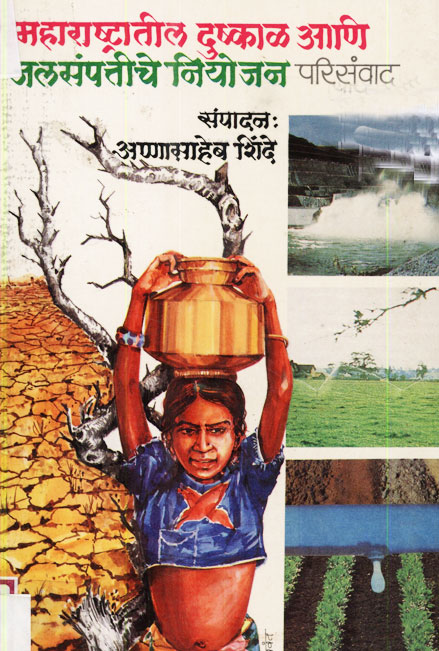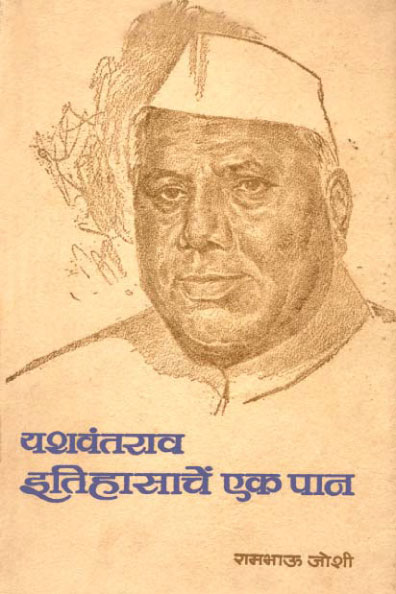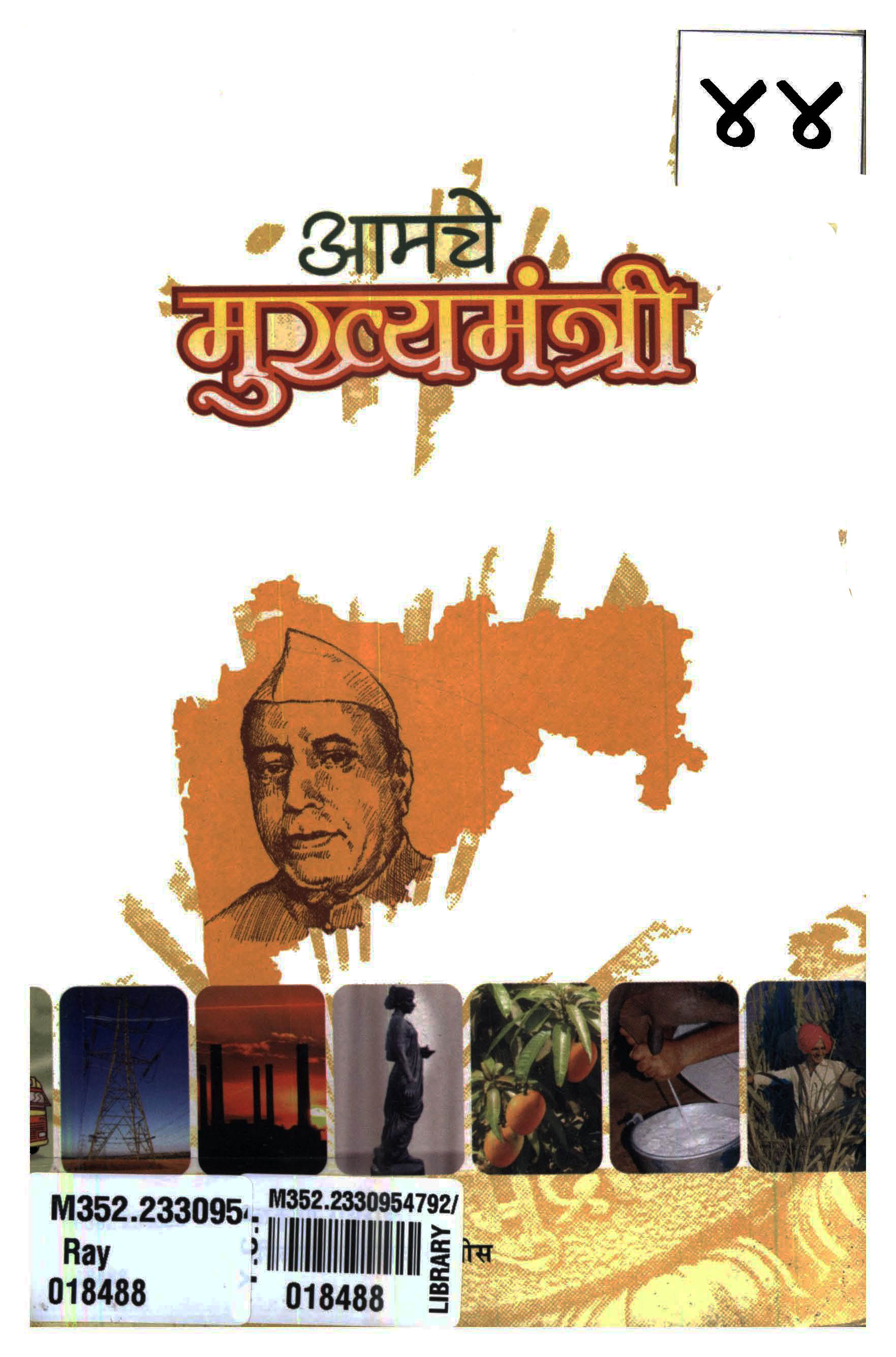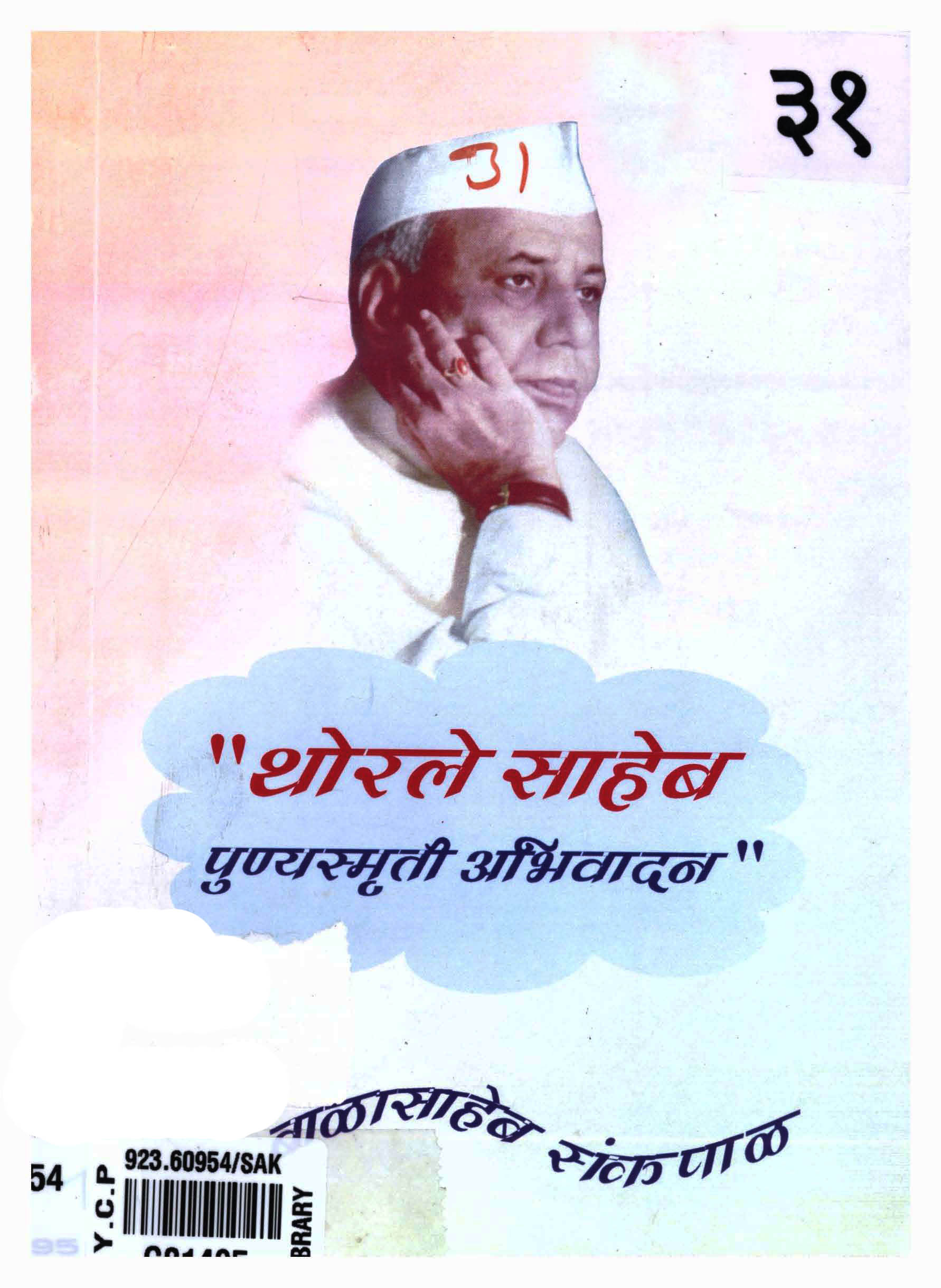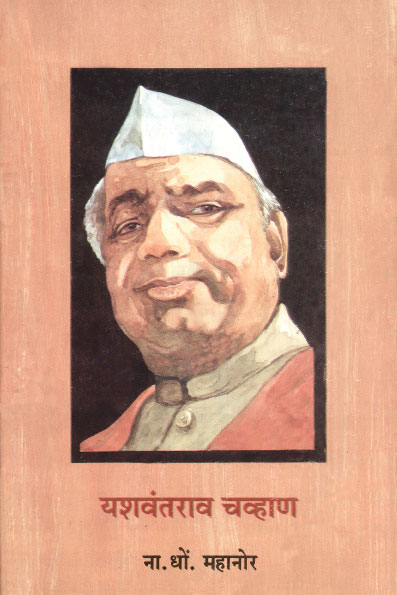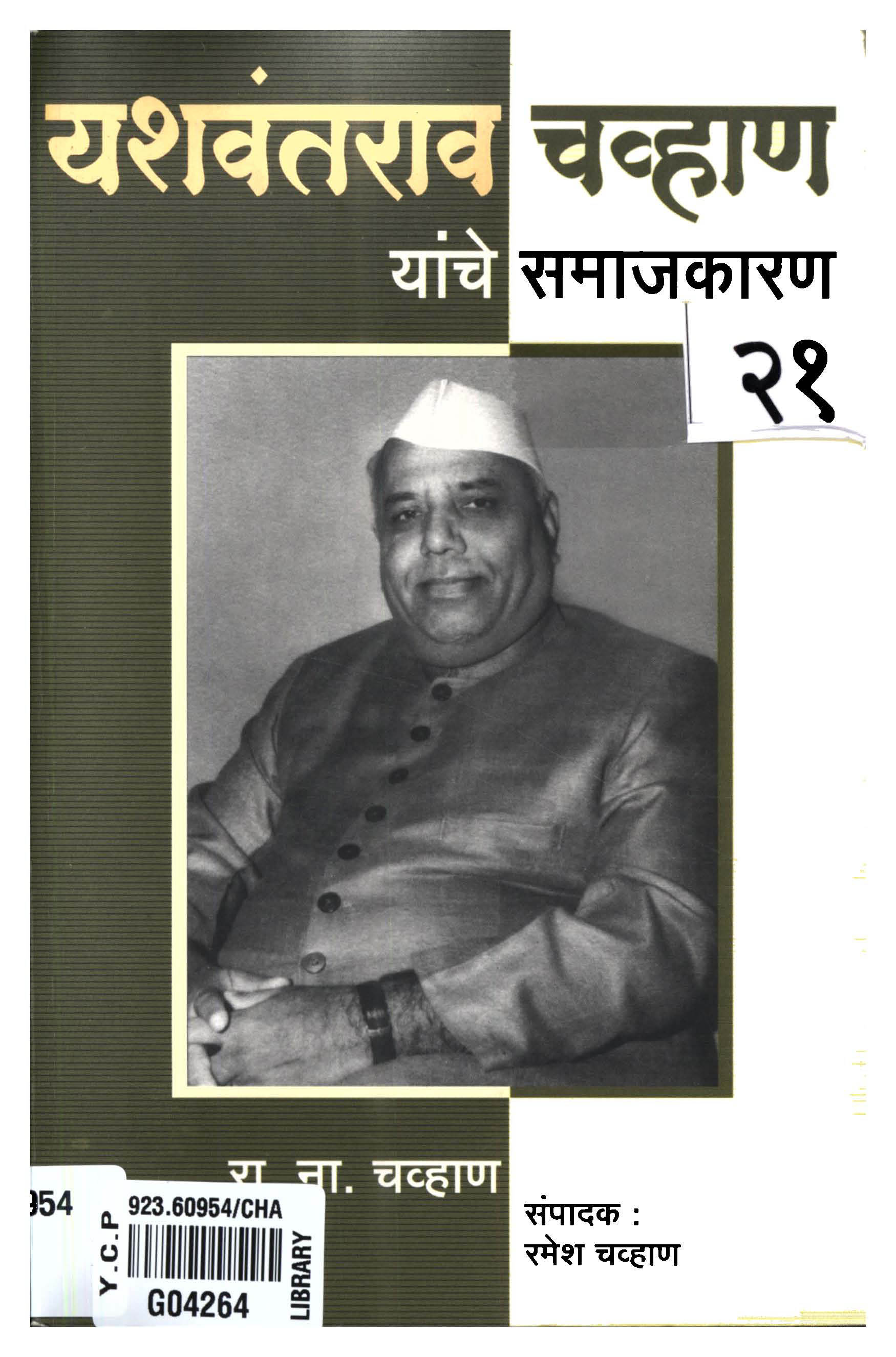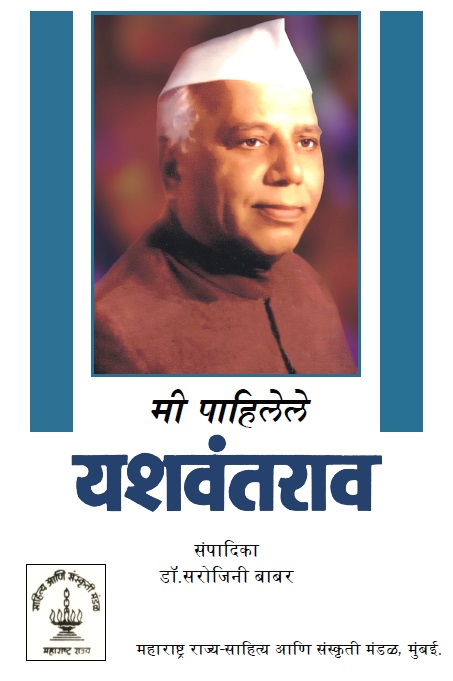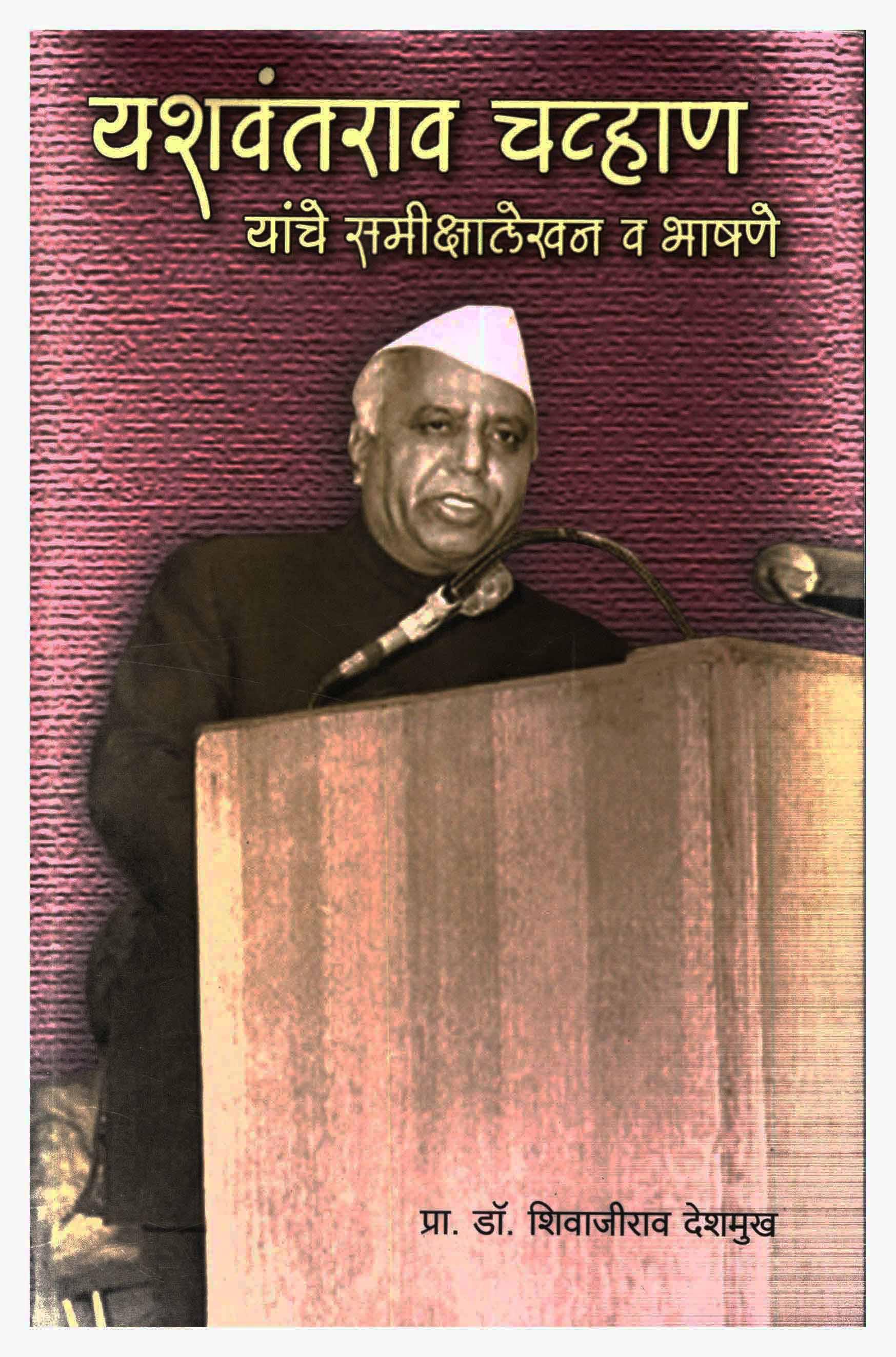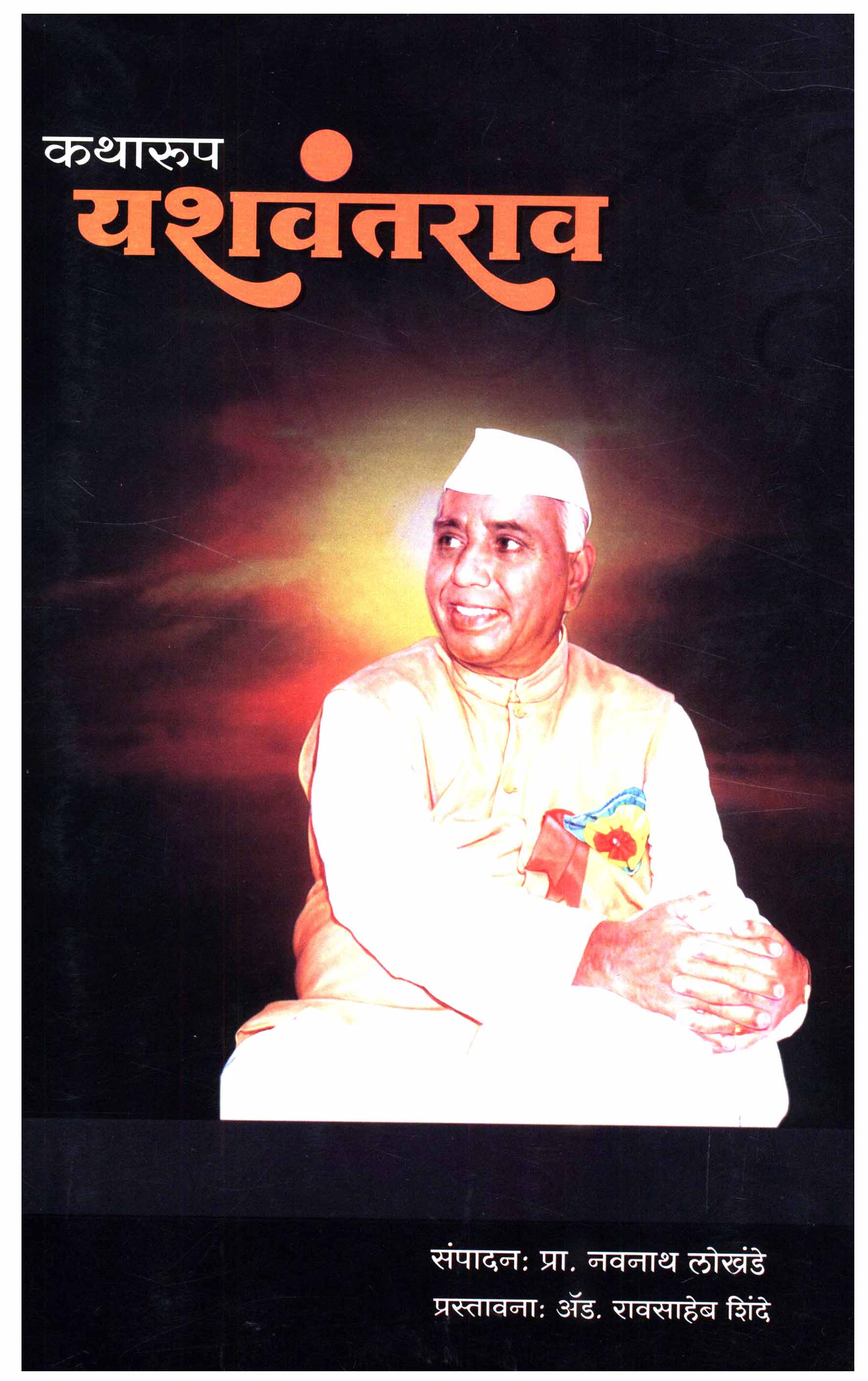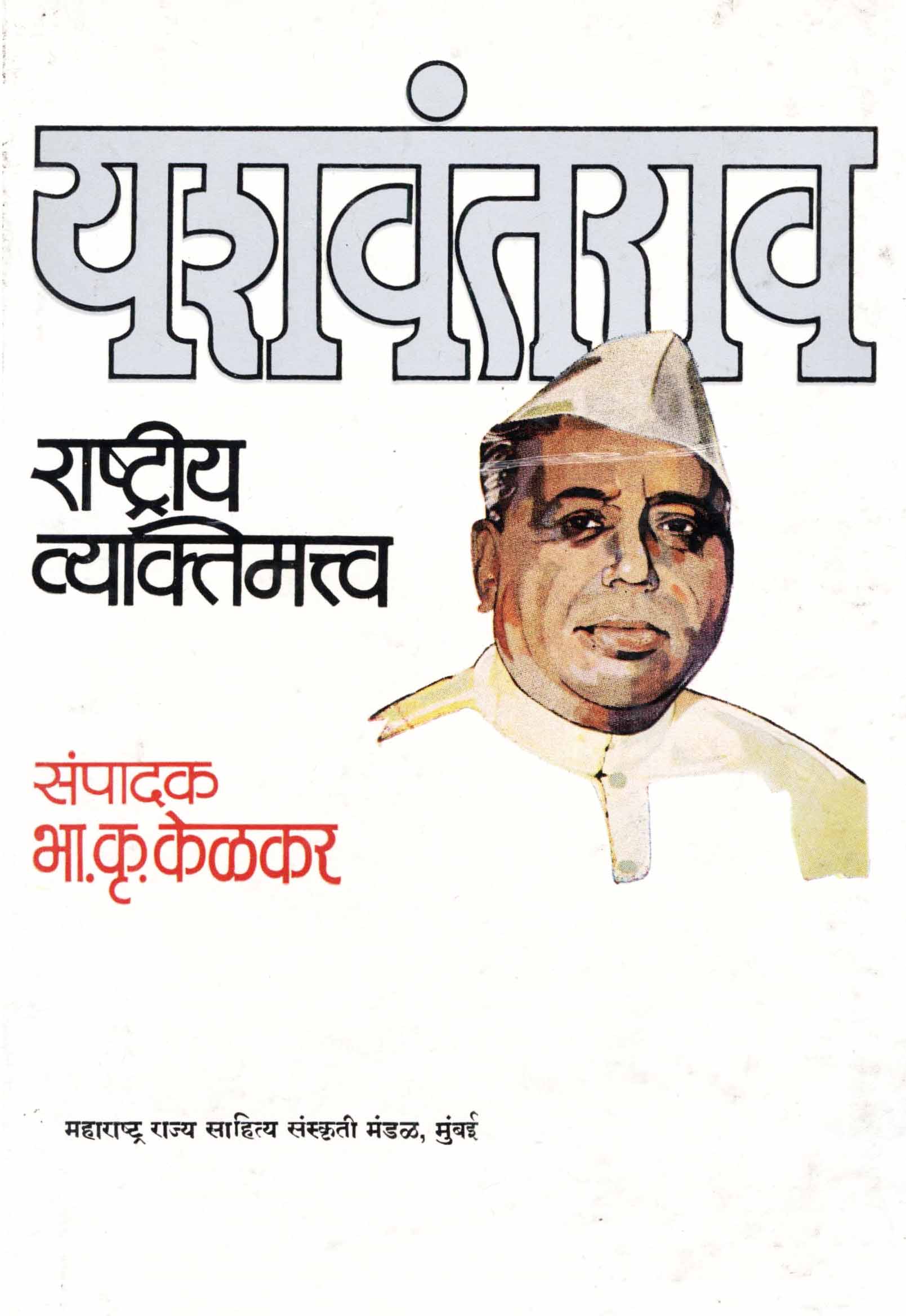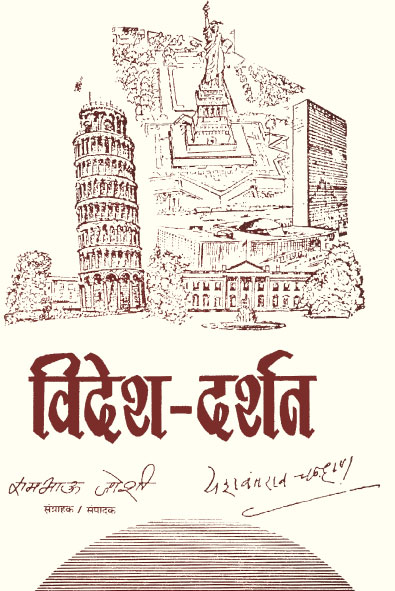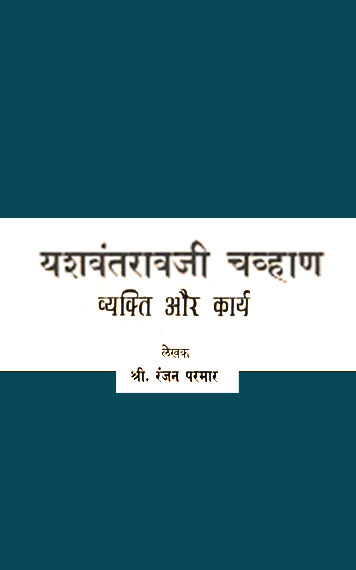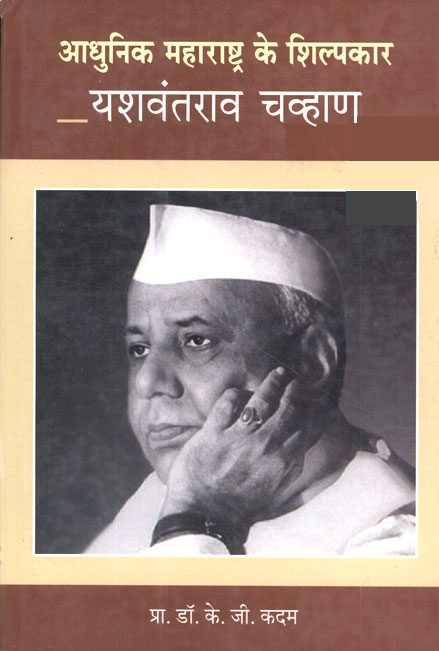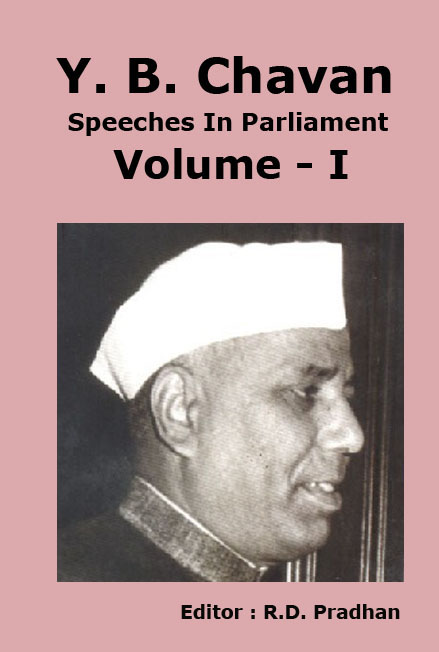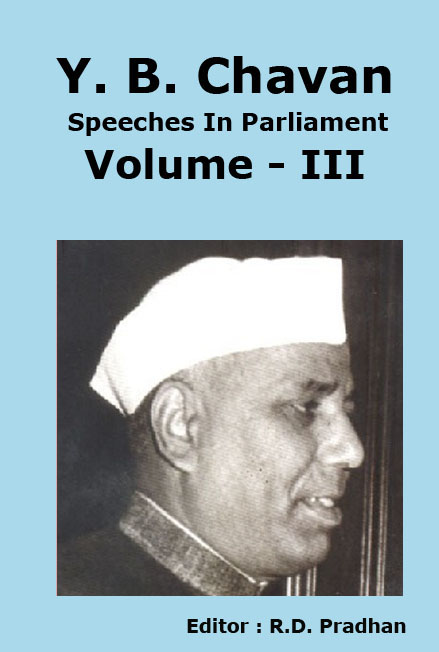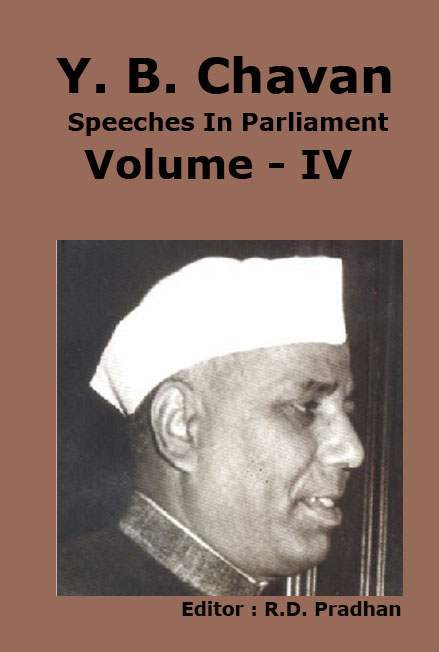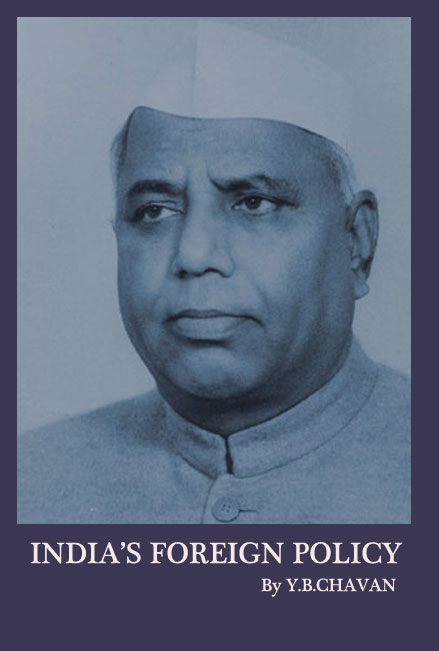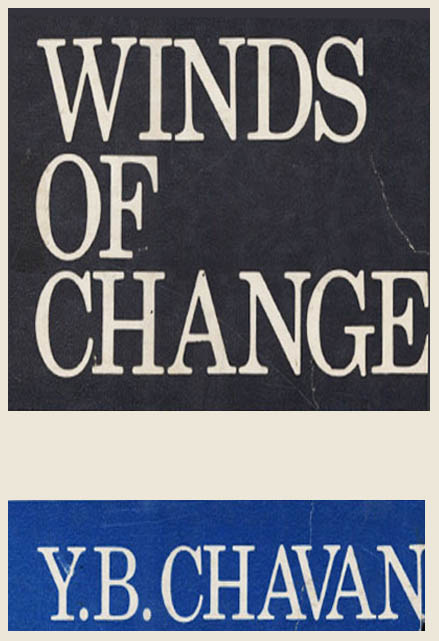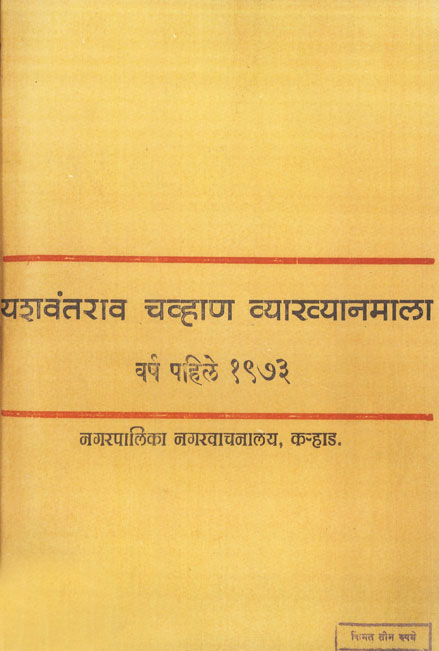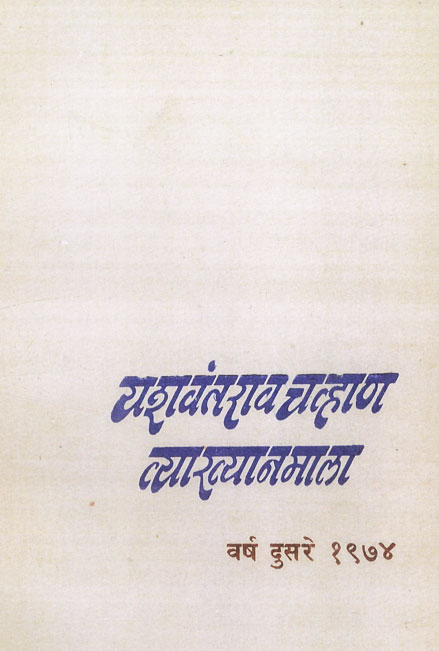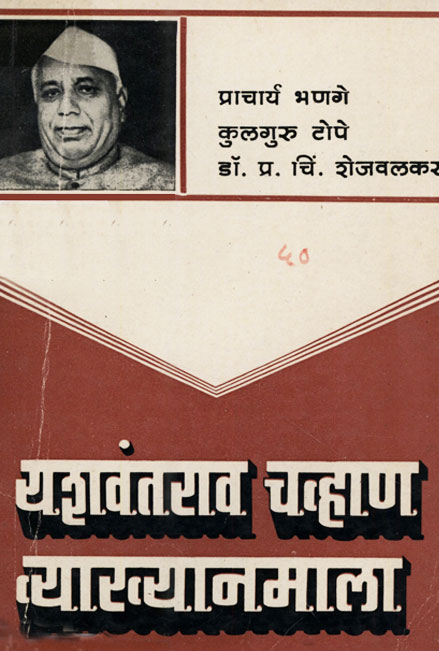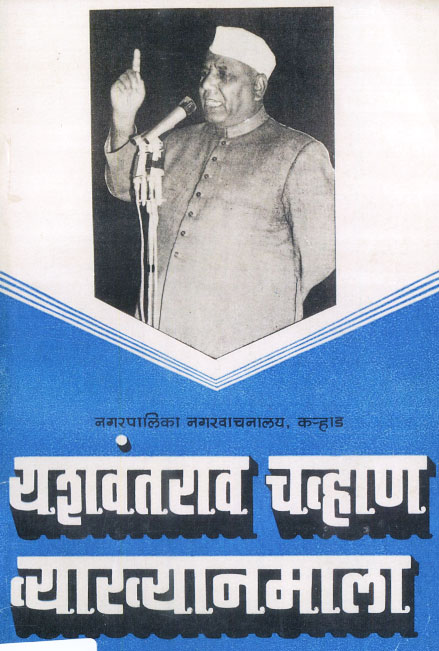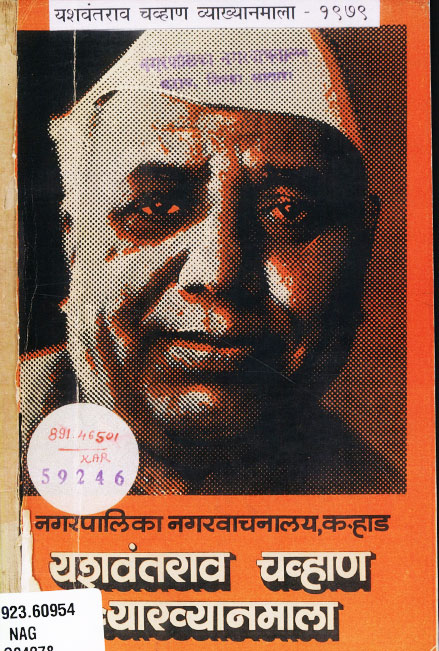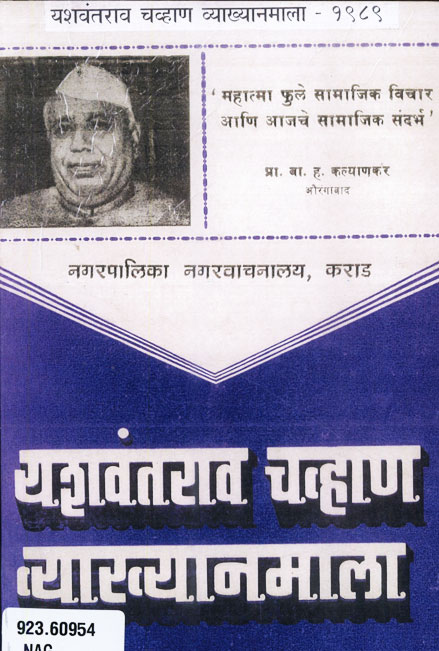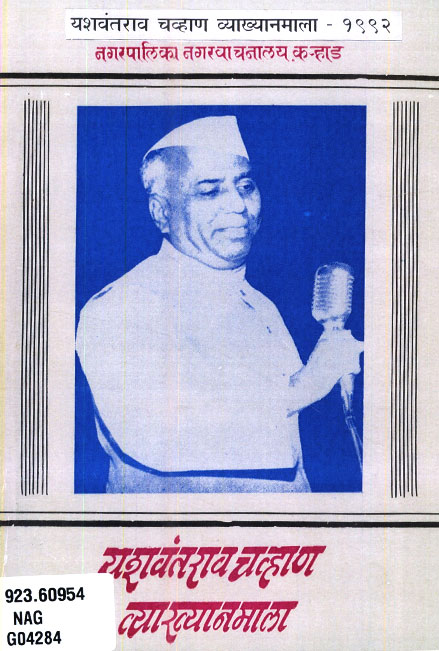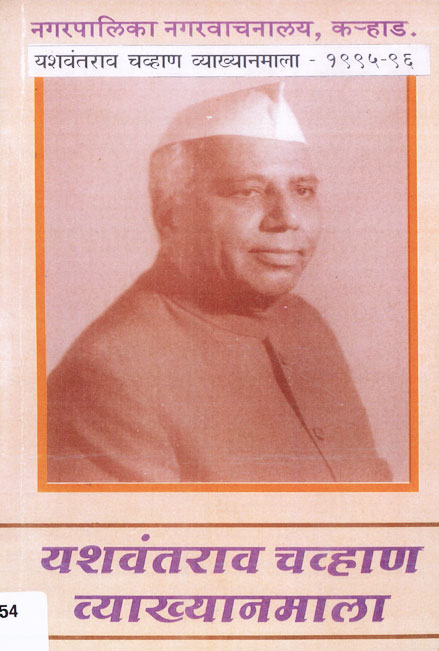Sharma : What finally led to degenaractor of this movements was it a slow process?
Chavan : I think it was because people saw that they were not trying to deal with the deeper issues and had only a negative approach and were trying to curry favour with the government. General people got the impression that they were not struggling against the government. The real cause of poverty and inequality was the foreign domination – that analysis was not coming from them. When this analysis started coming from big leader like Gandhiji, Jawaharlalji, naturally these things were easily repressed. It was a sight to see those things happening before my own eyes. As said cutgrew the movement in an atmosphere in my hometown and in my home changed completely.
It (tamasha) just collapsed. Those leaders who held this view of non-Brahmin movement ( I am not talking about Satya Shodhak but of non-Brahmin Political wing of it ) lost the confidence of the people immediately.
People of Gandhiji's tradition came, because a large number of people from the villages went to jail in the 1930 and 1932 movements. Though I was a student, I went to jail for a few weeks in 1930 and for eighteen months in 1932. When we came back we were rather important people, important not in the sense of having social status but in the sense that the people wanted to know from us, they would like to listen to us. And this wa important.
Sharma : Would you say that the satyashodhak movement had become a preserve of a few individuals, politically?
Chavan : Yes, it had become preserve of a few individuals and they themselves, as it happens in all movements, became its exploiters.
Sharma : So the villagers understood that one exploiter was being replaced by another?
Chavan : quite right.
